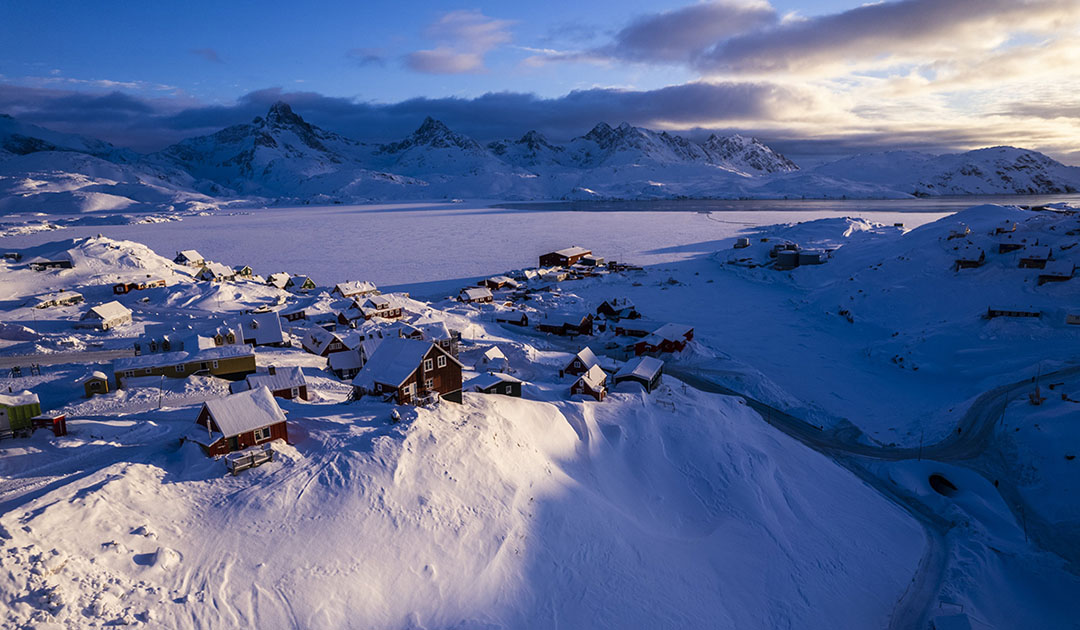
For most of its history as a Danish colony, then county and now semi-independent country, when a clock has chimed noon most places in Greenland, it has stuck just eight times in metropolitan Denmark. The time difference gives people in Greenland a four-hour window with which to do business with Danes or other western Europeans. In today’s interconnected world, that is a hindrance to getting business done, and now the country’s government is suggesting that, come next year, it adjust its clocks and move itself an hour closer to Europe.
This autumn, though, members of Greenland’s national assembly will be asked whether they want to move their country an hour closer to Denmark, putting it — temporally at least — halfway between Europe and North America (the east coast of which is currently two hours behind Greenland).
Until 11 May, this would have been a decision that would have had to have been taken in Copenhagen, but, in a ceremony (pictured below) that went mostly overlooked, the power to tell others what the local time is in Greenland was devolved to Nuuk. And now, the government of Múte B Egede (pictured left) is hoping that, on 25 March 2023, Greenland will change its time zone, from the its current UTC-3 (three hours behind Greenwich Mean Time) to UTC-2.

Businesses have long been asking for the change. Adding an hour to the overlap, reckons Sulisitsisut, a business lobby, would have no drawbacks. Air travel, according to Air Greenland, the flag carrier, would benefit hugely, since crews on international flights, could avoid considerable expense in the form of mandatory rest times that would no longer apply.
That the change is coming up now as a political proposal is connected to the European Union’s decision to allow its members to drop the semi-annual changing of the clocks there; if Brussels has its way, the adjustment due to take place on 30 October of this year will be last time the bloc’s residents gain or lose an hour of sleep in this way. (Though disagreement about the details may prolong the practice.)
Greenland’s time-zone change would take place in the spring of 2023, but residents would likely not notice anything different until October, when, instead of being moved back an hour to winter time (known also as standard time), clocks’ hour hands would remain where they were. Greenland would like to end summer time (also known as daylight savings time) as well — a practice it follows solely because Denmark and other countries do — but if the EU has not come to a consensus about how to phase it out when the time comes to change the clocks in the spring of 2024, it would change its clocks again (putting it into UTC-1), though this time only temporarily.
Kevin McGwin, PolarJournal
More about this topic





